Deep within Mexican mythology lies the story of Aztlán, a place wrapped in mystery and rich cultural significance. Aztlán, meaning "Place of the Herons" or "White Land," is believed to be the original home of the Aztec people, later known as the Mexica. This civilization would go on to establish Tenochtitlán, one of the most powerful empires in pre-Columbian America.
But what exactly is Aztlán, and why does this ancient legend still resonate with Mexicans today? The scene of an eagle perched on a prickly pear devouring a snake became the national symbol, featured prominently at the center of the Mexican flag, on coins, and on official documents like our passports.
For Mexicans, this image represents a creation myth—a story of a people who made a long pilgrimage, found that eagle on an islet, and built their new empire. As we approach Mexican Independence Day and Hispanic Heritage Month this September, we decided to reflect on how these ancient stories and myths of belonging continue to shape Mexican identity. So join us in this blog piece where we explore the legend of Aztlán as the myth of foundation for what is Mexico today.

The Legend of Aztlán: Birthplace of the Mexicas
Aztlán is described as a paradise, surrounded by glistening waters and lush landscapes. According to legend, Aztlán was a utopia where the Aztecs thrived under the watchful eyes of their deities. It was the cradle of their civilization, where they lived in harmony with nature and their gods.
However, this peaceful existence didn’t last. Legend has it that the god of the sun, war, and sacrifice Huitzilopochtli, whose name means "Hummingbird of the South," appeared before the leaders of Aztlán with a divine command that would change their fate. He instructed the Mexicas to leave their homeland and find a new place where they would establish a great city. The journey would be challenging, but Huitzilopochtli promised them a sign—a vision of an eagle perched on a cactus, devouring a serpent—that would show them where to settle.
Obedient to their god's will, the Mexicas packed their belongings and embarked on a perilous journey. They wandered for years, crossing deserts and mountains, enduring countless hardships. Yet, they never lost faith in Huitzilopochtli's prophecy.
At long last, the Mexicas arrived in the Valley of Mexico, a vast and fertile basin surrounded by towering mountains and bisected by lakes. Here, on a small island, known by the name of Mexico, in the middle of Lake Texcoco, they witnessed the prophesied sign: an eagle, majestic and fierce, perched atop a prickly pear cactus, with a serpent clutched in its talons. This sacred eagle represented Huitzilopochtli, and the image of the eagle devouring a snake symbolizes the victory of the sun over its enemies and the triumph of warrior peoples over ancient agricultural ones.

This was the moment they had been waiting for, the divine confirmation that they had reached their destined home.
From Aztlán to Tenochtitlan: The Birth of a Civilization
The discovery of the eagle on the cactus marked the beginning of a new chapter in Mexica history. Originally, the city was named Cuauhmixtitlan, meaning "place of the eagle among the clouds," but the first Huey Tlatoani, later renamed the city Tenochtitlan which in Nahuatl means "Among the Prickly Pear Cactus" in honor of the first ruler, Tenoch.
Tenochtitlan would become the capital of the Mexica Empire, a city of immense power and splendor. Built on small islands connected by causeways, Tenochtitlan was a marvel of engineering and urban planning. The city's layout and its central temple, the Templo Mayor, were aligned with the cardinal points and the movement of the sun, reflecting the Mexicas' connection to the cosmos and their belief in the cyclical nature of time. It was a city of canals, temples, and marketplaces where the Mexicas practiced their religion, conducted trade, and governed their vast empire.
Huitzilopochtli's guidance was central to the Mexica's identity. As the god of war and the sun, he was believed to be engaged in a constant battle to ensure the world's survival. The Mexicas saw themselves as his chosen people, destined to nourish him with sacrifices and to expand their empire in his name. This belief justified their violent conquests and dominance over neighboring peoples, as they believed they were fulfilling a sacred duty.

The transition from Aztlán to Tenochtitlan also marked a transformation in the Mexica identity. While originally known as the Aztecs, referring to their origins in Aztlán, they began identifying themselves as Mexicas—a name that emphasized their connection to Tenochtitlan and their role as the chosen people of Huitzilopochtli. This shift reflected their belief that they were not just a wandering tribe but a people with a divine mission to create a great empire.
The Debate Over Aztlán's Location
Despite its significance in Mexica mythology, Aztlán's exact location remains a mystery. Scholars and archaeologists have debated for centuries where this mythical homeland might have been. According to legend, Aztlán was an island to the north of the Valley of Mexico, but its precise location has never been definitively identified.
One compelling theory places Aztlán in Nayarit, Mexico, on the small island of Mexcaltitán. This island’s circular shape, crisscrossed by water channels, has led some to believe it could be the fabled homeland of the Mexicas. The similarities between Mexcaltitán and descriptions of Aztlán are striking, fueling speculation that this could be the birthplace of the Mexica people.
Other proposed locations in Mexico include various sites around the Gulf of California and regions farther inland. These theories, while intriguing, remain speculative, as no definitive evidence has been found to confirm any single location.

Lastly, the debate over Aztlán's location extends beyond Mexican borders, with some suggesting that the mythical land might be in what is now the southwestern United States. This theory has gained traction in the Chicano and Mexican-American communities, where Aztlán is viewed as a place of origin and a symbol of cultural identity and resistance. The idea of Aztlán being in U.S. territory resonates deeply with those who see it as a reminder of ancestral lands and a connection to their indigenous roots.
Aztlán, an Eagle, and the National Symbols of Mexico
Aztlán remains a cornerstone of Mexican identity and continues to influence our cultural heritage. The story of Aztlán and the founding of Tenochtitlan are deeply embedded in the symbols that represent us today. The image of the eagle on the cactus, which emerged from this legend, is central to our national identity, emblazoned on the Mexican flag and carried in the hearts of Mexicans worldwide.
As we approach Mexican Independence Day and Hispanic Heritage Month, these celebrations are perfect opportunities to reflect on our roots and the journey that has shaped us as Mexicans. For those of us committed to promoting Mexican crafts and traditions, legends such as Aztlán inspire us to keep these stories and symbols alive—or at least to continue talking about them as symbols that define who we are.

---
So, what do you think? Were you familiar with Aztlán as a mythical land? Did you know about the meaning behind Mexico's symbol of an eagle devouring a snake? Is there something you would like for us to write about? Let us know in the comments below, we read them and take all the feedback we can get to write new articles just for you!
We invite you to support our efforts to promote our cultura by sharing and exploring our mercadito, where you can shop authentic artisanal crafts carefully curated to represent true Mexican talent.
Also, don't forget to subscribe to our newsletter where we make sure to share this and many more stories, artisanal techniques, artisan's stories, recipes, and content of interest so that you are 24/7 on the loop! We also make sure to give our familia of subscribers exclusive promotions, gifts, first-hand look at all new products and, of course, these articles that we love to write for you all!

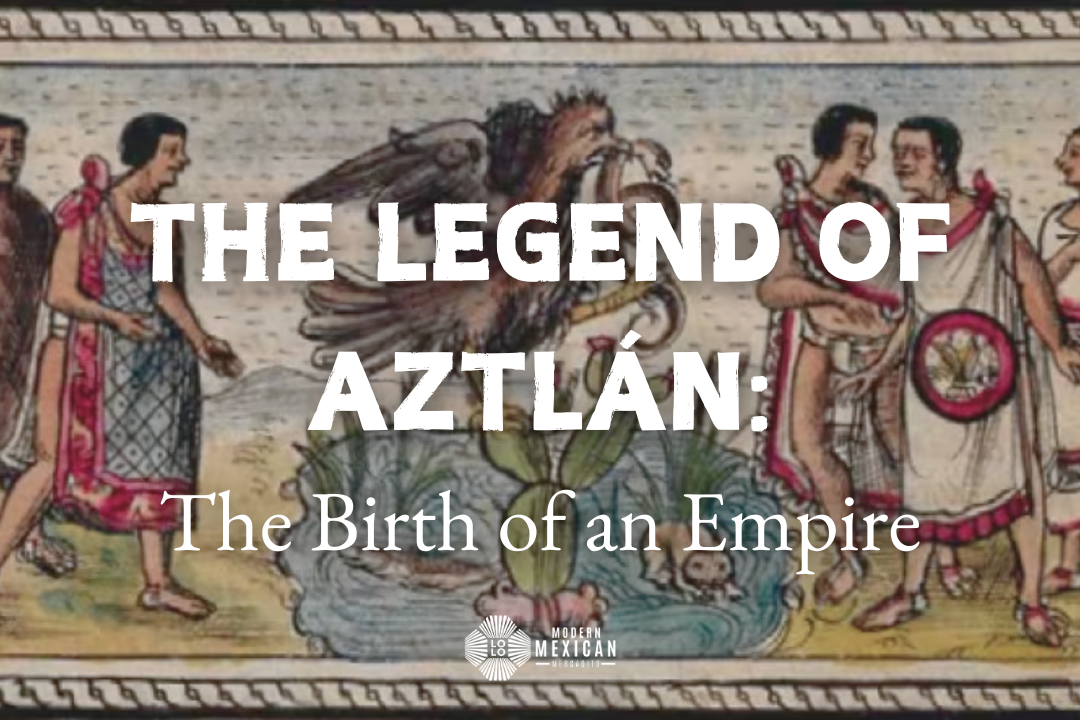


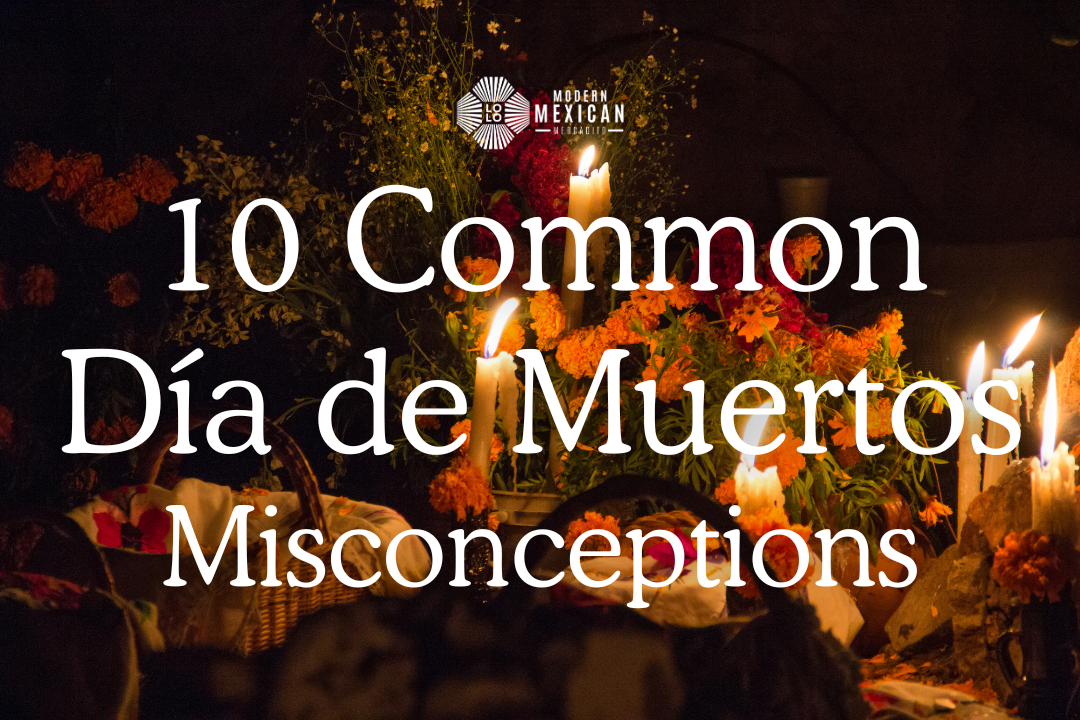
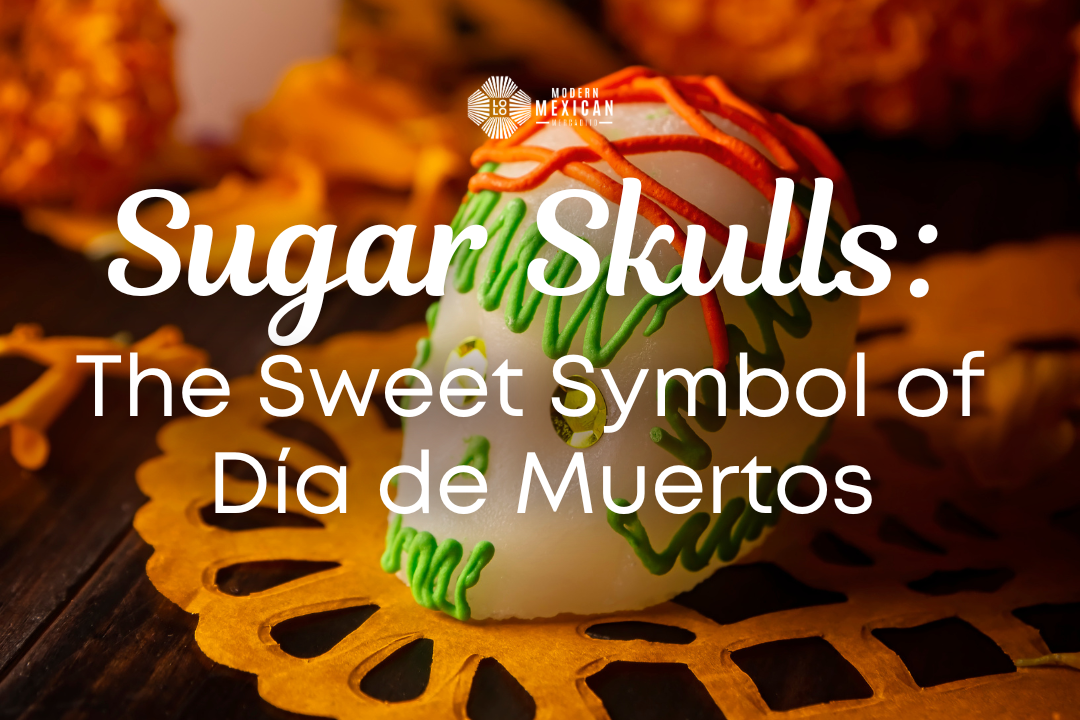

6 comments
Juan
Tim your right and wrong.we were all the same ppl from North America South America panama and Alaska were all náhuatl.mexico was a lot more than what’s told.so yes it is related to the so called aztecs.its been proven many times in the past.you know they had cuiniform writing found in those" mounds"right.just like the eagle and snake hyro glyphs.decendents of the Hellenistic Jews,Greek Jews, Phoenicians,mysterious sea ppl lol.the Americas were way more advanced in medicine ,etc then anywhere else.meso predate Egyptian,well what’s now known as Egypt.theres a book free PDF download, something like the 400 anniversary of the inheritance of the discovery of americas.alot of nice buildings we built.we had hospitals,big city’s.poor Jerusalén and now her enemy’s surround her once more.library of Congress has great books.check out the the ones,secrets of the Pacific the Hittites by Bancroft,ORIGIN OF THE RED MEN;
AN
AUTHENTIC HISTORY OF THE PEOPLING OF AMERICA
BY
THE ATLANTIANS AND TYRIANS.
Juan
7 caves is in utah.zion national park.utah was named Judah before and salt lake was the dead sea.you even have 7 cave tours and there is “Aztec” artifacts clothing design patterns plus many skeletons.it was common knowledge in 1800s .plenty books in library of Congress.just like in 1908 Phoenix gazette article talking about the adventures in the grand canyon.the so called Aztecs were under roman imperial rule since 1200s.all that invasión Is a Made up story by maximilian ii,or should we call him Montezuma ii.spain and 2 other countries under roman flag came to invade and stop the rebellion against Rome from who?ppl of Jerusalén.there were 2 roman empires start studying up on your cartography.theres a lot of fake maps.😂don’t forget Cali is a Mediterranean also and the Americas was known as terra sancta crucis on 1500s maps Spain had night of sorrows where llorona wailed for her lost and scattered children just like Rachel in jerusalem.war of flowers ,war of roses,otomí are ottoman empire.most codexes are false.ive been spreading the truth of all this.all red brown and black ppl in the Americas are survivors of the worst atrocities,biological" Colombian exchange" "1491"warfare, rape ,murder, theft.that will answer another question on why they built forts and walls everywhere.veracruz is Gibraltar pillars of Hercules ate still there to this day.palace of Jerusalem,Solomon’s temple still stand to this day.❤️
Tim
Aztalan State Park in Wisconsin was thought to be related to the Aztec civilization. A settlement with raised earthen platforms built within a stockade like city in the early 13th century. Turned out to be people from the Mississippi River area in Southern Illinois.
jib k
Great read, thank you!
paula lundberg
i really enjoy your wonderful articles about your culture and beliefs…….thank you…..
Elizabeth Davis
My siblings and I immigrated with my mother to USA when we were children. We were born in Mexico and I was fortunate to have attended grade school so was familiar with stories you have written here. I love learning more about the myths and history of Mexico. I love my roots of Mexico and share them with my children. Thank you!